Rakugo by Tachibana Unokichi
Courtesy of the calligrapher
LEXINGTON BOOKS
A division of Roman & Littlefield Publishers, Inc.
A wholly owned subsidiary of The Roman & Littlefield Publishing Group, Inc.
4501 Forbes Boulevard, Suite 200
Lanham, MD 20706
Estover Road
Plymouth PL6 7PY
United Kingdom
Copyright 2008 by Lexington Books
All rights reserved. No part of this publication may be reproduced, stored in a retrieval system, or transmitted in any form or by any means, electronic, mechanical, photocopying, recording, or otherwise, without the prior permission of the publisher.
British Library Cataloguing in Publication Information Available
Library of Congress Cataloging-in-Publication Data
Brau, Lorie, 1954
Rakugo : performing comedy and cultural heritage in contemporary Tokyo / Lorie Brau.
p.cm.
Includes bibliographical references and index.
9781461634102
1.. RakugoJapan&History21st century. 2. RakugoJapanTokyoHistory20th century. I. Title.
PN2924.5.R34B73 2008
895.62052309dc22
2007044981
Printed in the United States of America

The paper used in this publication meets the minimum requirements of American National Standard for Information SciencesPermanence of Paper for Printed Library Materials, ANSI/NISO Z39. 481992.
In loving memory of my father,
Dr. Joseph M. Brau
Table of Contents
Table of Figures
Acknowledgments
A s this project has crept along toward publication for over a decade, the list of people I wish to acknowledge on both sides of the Pacific has grown exponentially. First, I must mention my rakugo shish , my mentor, Kokontei Engiku, without whose support I could not have written this book. Had he not taken the brave risk of adopting me as a temporary disciple, I would not have gained access to the world of storytellers. Engiku shared his table, his home, his artistic family, and art with me. His wife Hisako was warm and welcoming. My debt to both of them is as high as the mountains and deep as the sea, as filial obligations are described in Japan.
Kokontei Shungiku, my elder brother disciple who is ten years my junior, also played a starring role in my research. In 1991, as a relative newcomer to rakugo, he thought a lot about what it meant to be a hanashika, and he related his ideas to me as we carried out our chores and traveled back and forth to the theatre. He later taught me two stories, allowing me to perform at one of his recitals at the Ikebukuro Engeij yose. His family, the Inas, extended their hospitality when I needed a place to stay in Tokyo.
A few of my other rakugo siblings deserve special mention for their help: Kokontei Kikumaru and his wife Shiho brought me news of our artistic family when they met me on visits to the States. Kikumaru kindly took photographs for me to use in the book, and Shiho has been a great help in sending them. In addition to her friendship, Kokontei Kikuchiyo, my elder sister disciple, gave me a fine silk kimono to wear backstage, interviews, and advice on how to negotiate the mostly male world of rakugo. Kikusuke invited me to appear in a talk segment of his solo recital at Suzumoto Engeij in 2004. Kikush, Engikus son, was a protective big brother to me when I worked backstage and, along with Kikunoj and Kikushin, granted me an interview.
I received help from numerous hanashika outside my artistic family as well. Shunptei Shch, the storyteller who arranged my apprenticeship with Engiku, was an enormous resource and a great friend. He painstakingly taught me the full version of the story, Tarachine, which he allowed me to perform at one of his solo recitals. As head of the Rakugo Kykai Website Committee, he facilitated my 2004 research on hanashika and the Internet. Yanagiya Koman, who also let me perform at one of his recitals in Hachiji, treated me to a new haiku and watercolor sketch on every postcard he sent. With his pixieish smile and amazing wealth of knowledge, he was a charming tour guide to Tokyo, revealing to me hidden traces of Edo. Koman truly taught me the meaning of iki. Yanagiya Sanky has been a wonderful and generous rakugo mentor over the years. In spite of his heavy schedule, Yanagiya Kosanji met with me a few times. I enjoyed the friendship and support of his younger brother disciples Korin, Koenshi, and Rytei Enji, as well as Kokontei Shinky, Gokaid Kumosuke, Tachibanaya Entar, and many others. In addition, I am grateful for the assistance of Sanytei Ens, Yanagiya Konobu, Yanagiya Koenji, Sanytei Karuta, Tachibanaya Kuranosuke, Yanagiya Sansh, Yanagiya Kytar, Rytei Ichiba, Sanytei Mans, Hayashiya Kikuhime, Yanagiya Ikkin, Irifunetei Sentatsu, Hayashiya Ippei, Yanagiya Sary, Yanagiya Sannosuke, Kingentei Kokoma, and all the apprentices and senior hanashika who put up with me backstage in 19911992. The women who played shamisen backstage were extremely helpful; Tanaka Fuyu became a good friend. Special thanks go out to Katsura Bunch, whose performance I analyze in chapter 2. Along with Kokontei Uch and Sanytei Enya, he has gone on to anoyo, the world beyond. Uchs silvery voice and Edo spirit made me love rakugo all the more. Enya taught me how to walk up the stairs gracefully in kimono. I offer up this book to their memory.
I would like to thank theatre scholar Matsumoto Shinko for her keen insights and her introduction to my Japanese dance teacher, Bando Kanjir. I am grateful to Kanjir Sensei for his patient instruction and to senpai, Hanayagi Tamirei for her encouragement. Shamisen lessons with Sugiura Hirokazu (Kineya Gosakichi), who squeezed me into his schedule among his many advanced students (though I had not practiced for thirteen years), enriched my study of rakugo. Sugiura Sensei, his wife, Chieko, and their entire family have been my Tokyo family these thirty years that I have been in their debt.
I owe thanks to the Rakugo Kykai, the professional organization to which my master Engiku belongs, for allowing me to participate in various storyteller activities and to work backstage for two months. Kykai staff member Kitamura Masumi gave me an interview, advised me on making contacts with rakugo fans, and introduced me to the press. I am indebted to the management of Asakusa Engei Hall for their assistance. Suzuki Yasushi, president of Suzumoto Engeij, was also extremely helpful: the videotape that he prepared for me of a few live yose performances was crucial to my study. The owner of Suehirotei, as well as Asakusa Engei Hall, Suzumoto Engeij, and the staff at the Kokuritsu Engeij permitted me to work backstage.
Without the help of rakugo fans, this book would have been much more difficult to write. tomo Hiroshi was editing Tokyo Kawaraban, a monthly devoted to the yose arts in 19901992. During that time and in the years since, he has been my intellectual rakugo soul mate. At times, it seemed as if he was the only one who understood what I was talking about, and I am eternally grateful to him. Tokyo Kawaraban publisher, Inoue Kazuaki, was also a great help. likura Masao and Noguchi Masaru became my best buddies and constant companions in the second row at rakugo performances. They shared tapes, information, and gossip, but I cherish them most for their kindness, camaraderie, and sense of humor. The rakugo fans from the Sharaku club, including but not limited to Mishina-san, Togari-san, Hosoda-san, Suzuki-san, Nakano-san, and Odajima-san were great resources and great fun. I am grateful to generous Unemoto Itaru who invited me to rakugo, Kabuki, and sumo events that I could not have gotten into on my own, introduced me to his friends (and now my friends), tani Chieko and Akiko, and demonstrated to me the meaning of fan loyalty. Sait Atsuko was a faithful correspondent. Miwa Kana married Rytei Enji and gave me the opportunity to attend (and speak at) a hanashika wedding. Koshina Masako provided me not only with such crucial contacts as Shunptei Shch, Tachibana Mayuko, and tomo Hiroshi, she also gave me copies of her fanzine, Yose suzume. Tachibana-san brought me together with Yanagiya Korin.

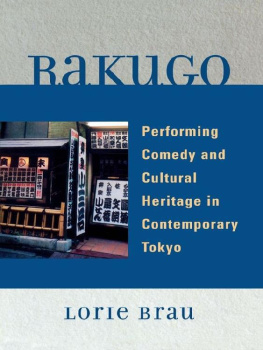
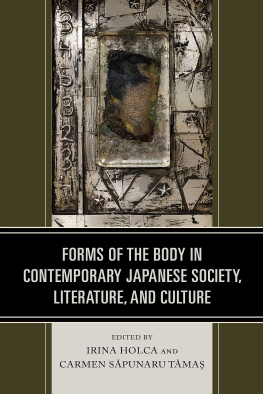


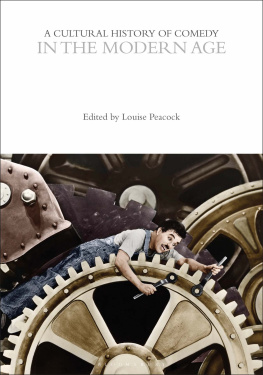
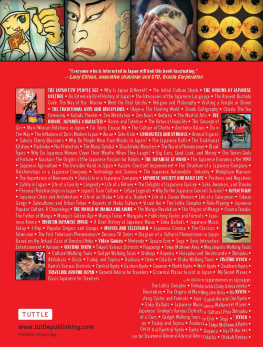
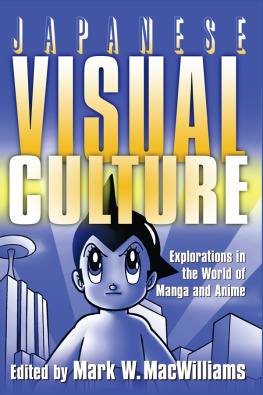
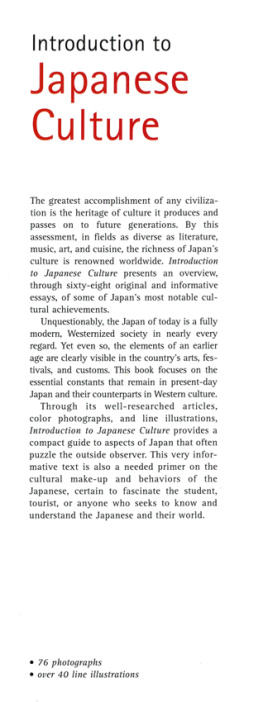




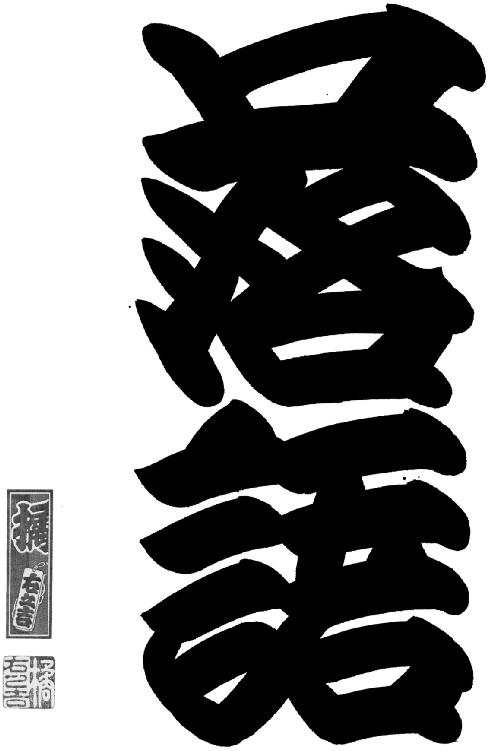
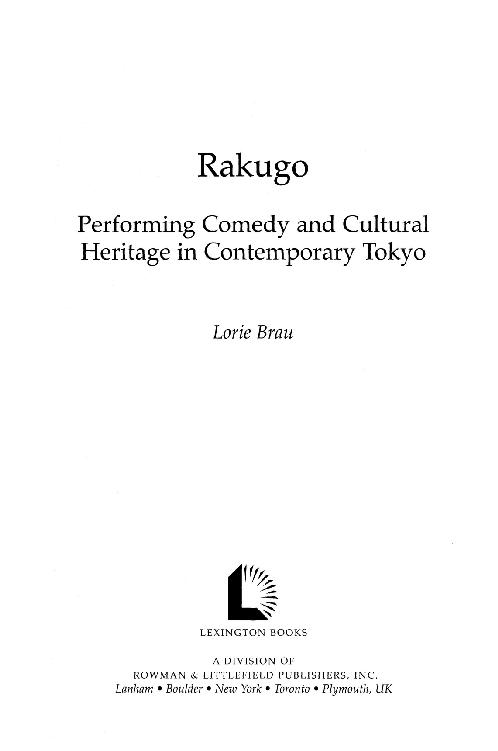
 The paper used in this publication meets the minimum requirements of American National Standard for Information SciencesPermanence of Paper for Printed Library Materials, ANSI/NISO Z39. 481992.
The paper used in this publication meets the minimum requirements of American National Standard for Information SciencesPermanence of Paper for Printed Library Materials, ANSI/NISO Z39. 481992.